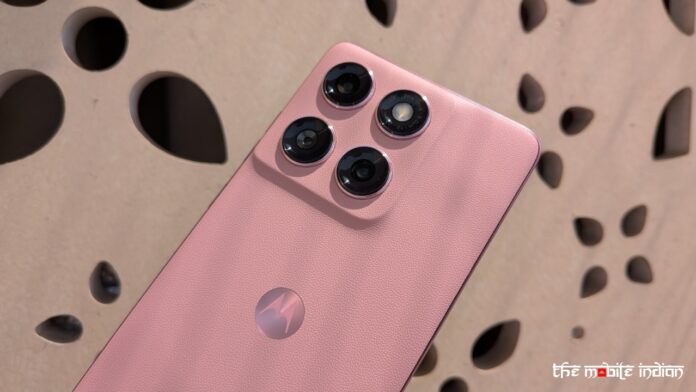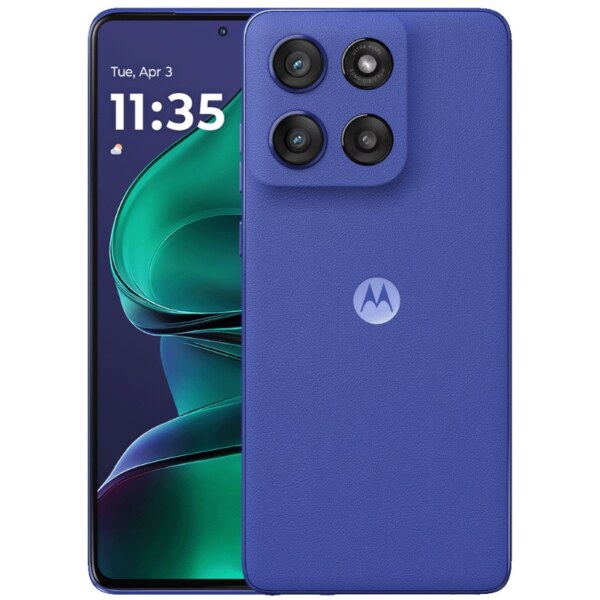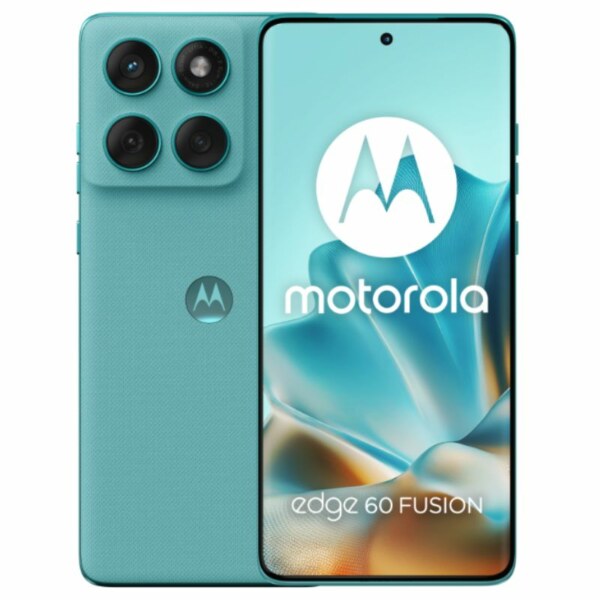Motorola launched the Edge 60 Stylus in India at the same price point as its other lower-end mid-ranger, the Edge 60 Fusion. While we have reviewed the Edge 60 Fusion and it performed up to our expectations, users might also be considering the Edge 60 Stylus. So, here we are to help you make the purchase between the Motorola Edge 60 Stylus or the Edge 60 Fusion with a specs comparison.
Display
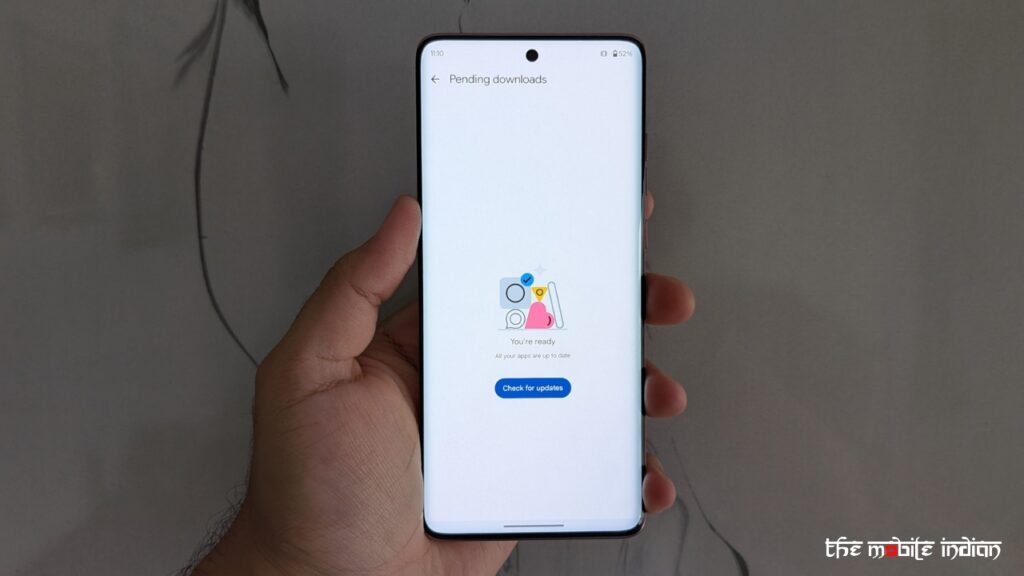
The Motorola Edge 60 Fusion packs a 6.7″ quad-curved pOLED Display with a 120Hz refresh rate, 4500 nits peak brightness, 10-bit colours, HDR 10+ support, Gorilla Glass 7i protection, a 446 ppi, and 2712×1220 pixels resolution.
The Edge 60 stylus packs a 6.7″ 2.5D pOLED diaplay with a 120Hz refresh rate, 3000 nits peak brightness, 300Hz touch sampling rate, 10-bit colours, HDR support, Gorilla Glass 3 protection, a 446 ppi, and 2712×1220 pixels resolution.
While both the panels may look identical, the Edge 60 Fusion’s display is superior due to the higher brightness as well as stronger protection.
Performance and Software
The Edge 60 Fusion is powered by the MediaTek Dimensity 7400 chipset, paired with up to 12GB of LPDDR4x RAM and up to 256GB of storage that will be expandable up to 1TB. On the other hand, the Edge 60 Stylus is powered by the Snapdragon 7s Gen 2 chipset, paired with up to 8GB of LPDDR4x RAM and up to 256GB of UFS 2.2 storage that will be expandable up to 1TB.
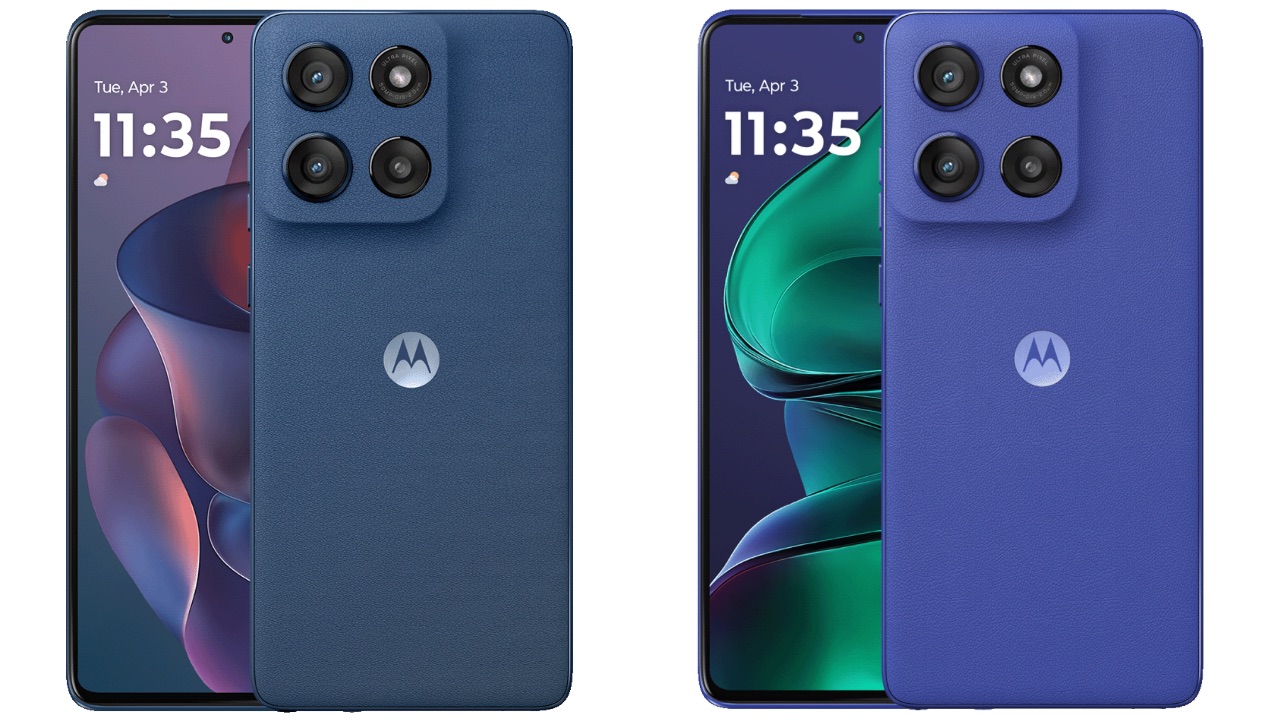
The Dimensity chip in the Edge 60 Fusion is slightly faster than the Snapdragon Processor which makes the Fusion the better performer out of the two. Both get up to 256GB storage but the Fusion has a 12GB RAM option as well which is ideal for those who prioritise multitasking.
Both devices run on Android 15 out of the box and while the experience will remain identical, the Fusion is set to get 3 generations of Android OS upgrades compared to 2 for the Edge 60 Stylus, along with an extra year of security patches as well.
Cameras and Battery
Both the devices feature an identical camera setup, including the sensors, such as an OIS-assisted 50MP Sony LYT-700C f/1.88 primary sensor and a 13MP f/2.2 ultra-wide angle sensor. At the front, it gets a 32MP f/2.2 sensor with auto-focus support. We have already tested the Edge 60 Fusion cameras and it performed well in most lighting conditions. Because the Edge 60 Stylus gets an identical setup and software, we expect the camera experience to remain identical on the two phones. In other words, it’s a tie in terms of optics.
As for battery, the Edge 60 Fusion packs a 5500mAh battery with support for 68W wired charging. On the other hand, the Edge 60 Stylus gets a smaller 5000mAh battery with the same 68W charging along with 15W wireless charging. We’ll give this round a tie again, because even though the Fusion has a bigger cell, the Edge 60 Stylus supports wireless charging and will charge faster than the Fusion because it gets a smaller battery. Essentially, it depends on what the user prefers – a bigger battery for longer runtime or a smaller battery with faster charging and wireless charging support.
Verdict
Both the devices start at Rs 22,999 for their base models with 8GB RAM and 256GB storage. The Edge 60 Stylus has a couple of more advantage for specific use cases, such as NFC support and a built-in stylus which the Edge 60 Fusion lacks. Despite that, we feel the Edge 60 Fusion is the better pick out of the two Motorola phones as it excels in most other areas, except if you specifically want the Stylus or the battery advantages we mentioned earlier on.


